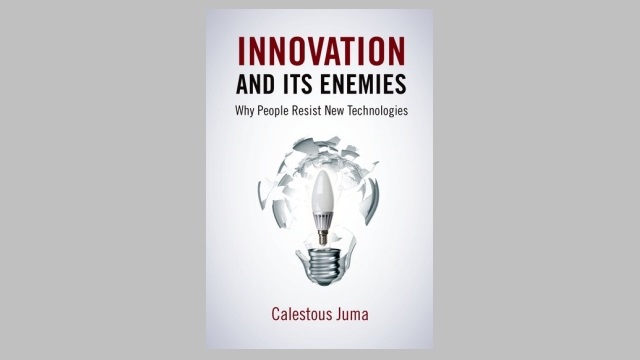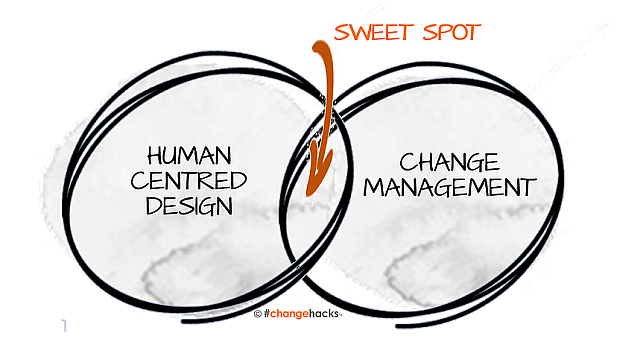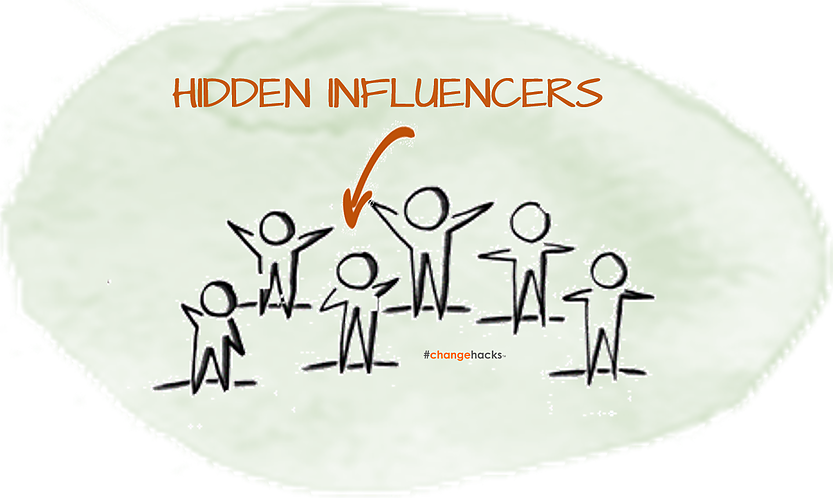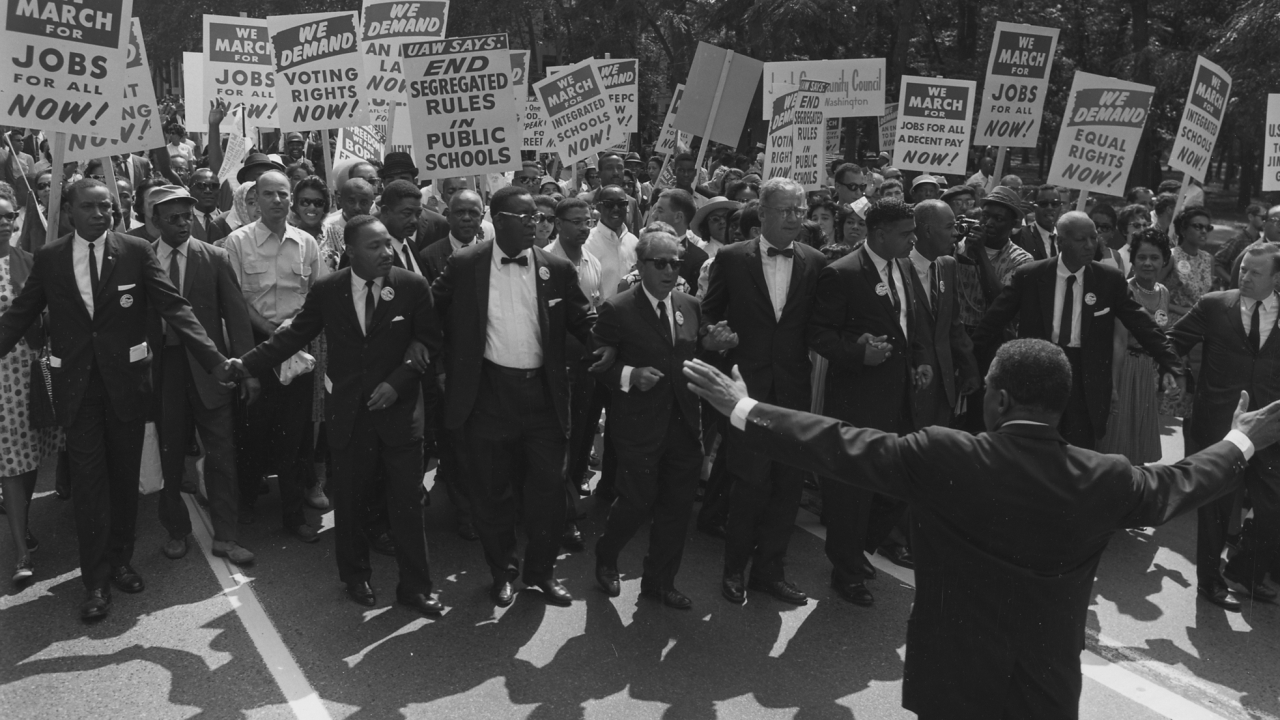
Agenda Seeding: How 1960s Black Protests Moved Elites, Public Opinion and Voting [Top 100 research & commentary of 2020]
This article is part 5 of a series reviewing selected papers and associated commentary from Altmetric’s list of the top 100 most discussed and shared research and commentary of 2020.
How can minorities in society effectively influence change in the face of hostility from the majority? Omar Wasow explores this in the #29 most discussed and shared article1 in Altmetric’s top 100 list for 2020. The article is titled “Agenda Seeding: How 1960s Black Protests Moved Elites, Public Opinion and Voting.”
Wasow is an assistant professor of politics at Princeton University, and co-founder of the African-American social networking website BlackPlanet. His father is of German Jewish heritage, and his mother is African-American.2
Elite theorists of influence find that average citizens and mass interest groups exert minimal power. However, Wasow proposes the concept of “agenda seeding” to describe how minority group activists use methods like disruption to bring about change. To test this concept, he looked at black-led protests in the United States between 1960 and 1972, finding that:
- minority group activists are able to overcome political asymmetries to seed their concerns in news agendas
- activist tactics play a critical role in how the media frames issues
- through their effects on media agenda setting and issue framing, nonviolent and violent protests contribute to different political outcomes.
Wasow found that nonviolent activism, particularly when met with state or vigilante repression, drove media coverage, framing, congressional speech, and public opinion on civil rights. So while elites may dominate political communication, they don’t hold a monopoly.
But in contrast, he found that protester-initiated violence helped move news agendas, frames, elite discourse, and public concern towards the increased repression of minorities.
The findings of Wasow’s research are summarised in the model in Figure 1.
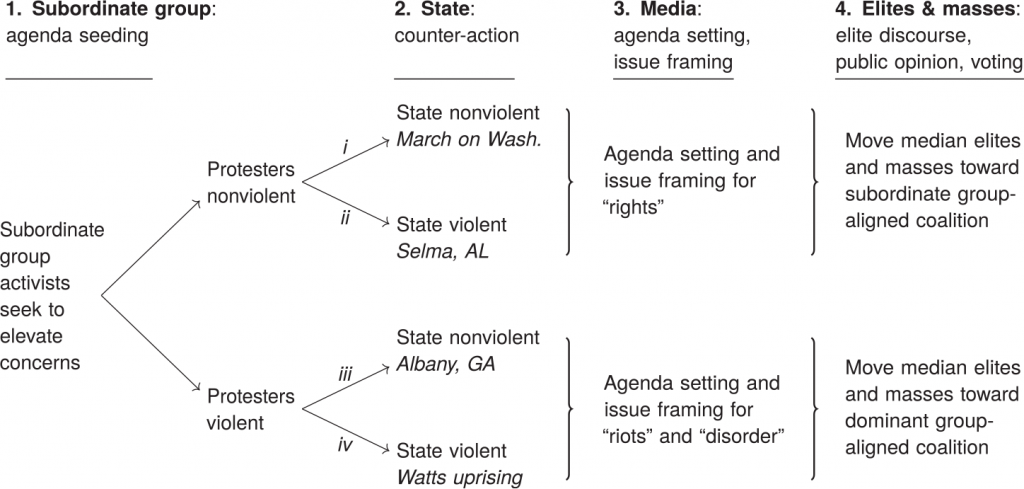
What does this mean for knowledge management?
Wasow’s research shows that minorities can successfully influence change through the non-violent seeding of knowledge into the media agenda, and conversely, that violent activism produces negative outcomes.
In organisations, it can be difficult for groups of employees who can see the value of knowledge management (KM) to be able to successfully influence resistant senior management to bring about change. The lessons from Wasow’s research are that while employee activism can overcome this resistance, aggressive or confrontational activism can produce the opposite outcome – even more resistance. Because of this, approaches such as stealth KM or guerrilla KM are worthy of consideration.
Article source: Cambridge University Press, CC BY-NC-SA 4.0.
Header image source: United States National Archives, Public Domain.
References:
- Wasow, O. (2020). Agenda seeding: How 1960s black protests moved elites, public opinion and voting. American Political Science Review, 114(3), 638-659. ↩
- Wikipedia, CC BY-SA 3.0. ↩
Also published on Medium.

